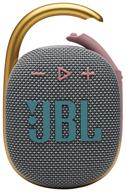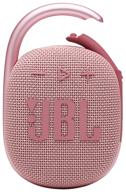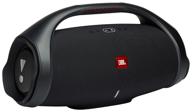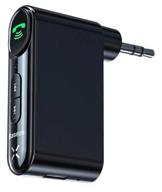
Review on 🎙️ Pyle PDUSBPP10 XLR-to-USB Signal Adapter - Universal Plug and Play Mic to PC Adaptor for Digital Recording with Mix Audio Control, Phantom Power, and Headphone Volume by David Ruwala

Works great with Shure SH20 with Dynamite preamp
Due to the occasional hiss I prefer to use a pair of IEMs (earphones) and a WH20 to prevent noise from reaching my ears or being carried over to meetings. With the right ear tips, a pair of headphones can passively isolate background noise by 22 dB or more. The Shure WH20 Directional Dynamic Microphone needs to be about 0.5 inches from my month to pick up my voice. This distance to the signal versus the distance to the background noise helps reduce background noise reaching my recording/meeting. There is a problem. XLR output, and even with the right cable adapter (passive, wired only) the WH20 cannot be used with a sound card designed for modern headsets. The Pyle PDUSBPP10 XLR to USB Adapter is essentially a USB sound card with an XLR input for microphone. However, it also has a few useful features: It has the ability to control the mic input, meaning the mic signal can be heard through the headphone output, which is important to me because IEMs do such a great job that I can see mine I don't hear my own voice in meetings and it seems uncomfortable. The PDUSBPP10 has two analog controls. One for headphone volume and the other for microphone to computer balance. The headphone volume switch has nothing to do with the digital (computer) gain control. I maximize the digital gain and set the actual volume with the dial. The balance control is also independent of the digitally controlled microphone gain, since the microphone signal is tapped before the digitally controlled microphone preamplifier. This is kind of a problem because the WH20 has such a weak signal that the microphone signal doesn't show up at all. For this reason it is important to use the Dynamite DM1 mic bias to amplify the mic signal before it reaches the PBUSBPP10. With DM1 everything is just right. The mic/audio input balance control can be right in the middle and I can hear my own voice with the computer input perfectly balanced. Another useful feature is a switch to turn the microphone on and off. It's not just a mechanical switch, it can cause a loud popping noise when the microphone signal is electrically disconnected and reconnected. This button connects to the controller in the adapter and mutes the microphone. Very clean on/off microphone, no loud and annoying crackling. The LED also indicates whether the microphone is on (blue) or off (green), which is very useful for determining the status of the microphone. No need to mute/unmute the software anymore, just press the mute button! The Pyle PDUSBPP10 is also well built. It looks pretty solid with a few plastic parts. The body and knobs are metal (as far as I can tell), the XLR connector is very solid too. Overall, this is a great thing that works well. I can't blame Pyle for needing a DM1 preamp to boost the mic signal, because the PDUSBPP10 is really designed to work with a condenser mic that uses 48V phantom power (which is supplied to the PDUSBPP10 and required by the DM1) and these condenser microphones are usually sufficient. Signal without preamp. I'm just glad this combo works and works well!
- Industry best
- I'll add later
New products
Top products in 🎧 Wireless & Streaming Audio
Another interesting products

Radio receiver Max MR-322 anthracite

14 Review

Stream Your Favorite Tunes With AUNA KR-200 SI Internet Kitchen Radio - Spotify Support, Remote Control, And More!

15 Review

Experience Dynamic Audio with Panasonic SC-UX100 CD & USB Wireless Bluetooth 300W Mini Hi-Fi System Shelf Stereo

19 Review
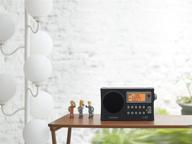
Sangean PR-D4W Portable Weather Alert Radio with AM/FM Bandwidth Narrowing and Auto Tracking for Improved Searchability

12 Review






